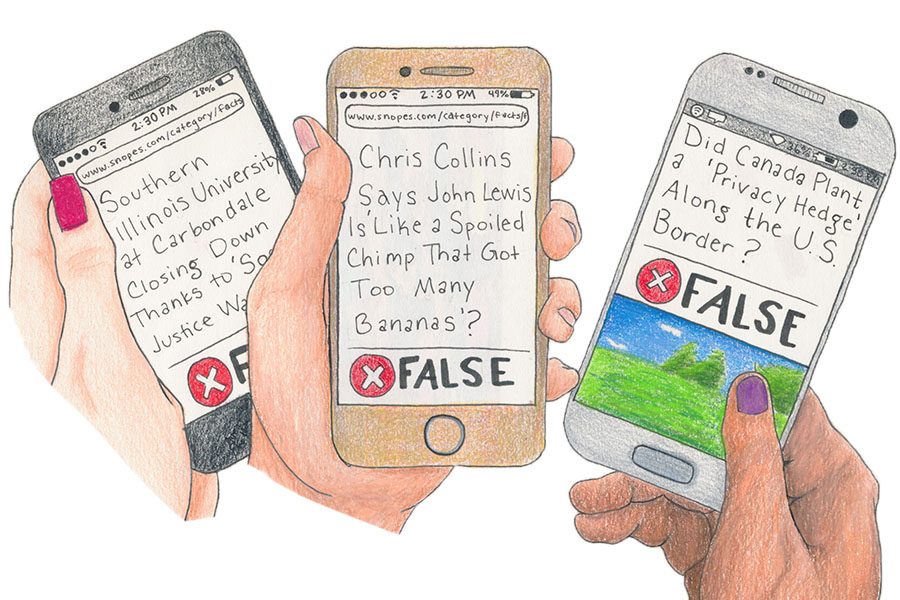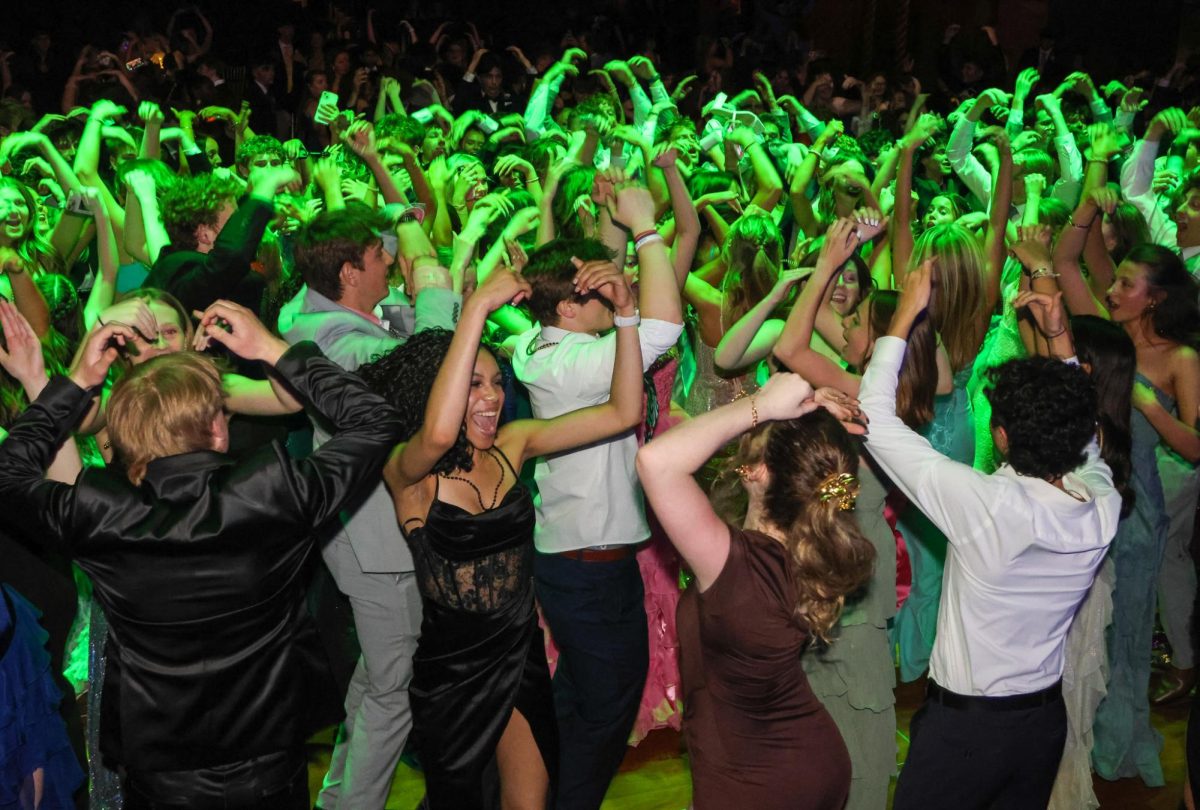Staff Editorial: Students should be thinking critically about the news they ecounter
Reading from credible sources helps avoid fake news
February 2, 2017
From Facebook and Twitter to CNN and ABC, the media has had a rough first month of the new year after being overrun with a worrying new trend: fake news. The American people are struggling to define what fake news actually is. It’s difficult because there is a very fine line between biased, political reporting and made-up information with the intent of making money off views. In the midst of all this, teenagers are in the middle, not sure who to believe. That’s why, as journalists, we believe students should think critically about the news they encounter.
Fake news has existed since yellow journalism in the Spanish-American War, when journalists created fake news stories about violence in Cuba just to go to war. Fast forward to the 21st century, and fake news has taken off. Divided political beliefs have resulted in a surge of fake news since many people have become close-minded and refuse to read anything that disagrees with their beliefs. Throughout the election in particular, fake news articles about Trump and Clinton were released with little to no factual evidence to support them.
Fake news is successful because many people simply do not do their research. Everybody knows the internet isn’t always trustworthy, but ignorance only makes it easier for people to believe outlandish stories and claims.
In an NPR interview with fake news writer Paul Horner, he admitted to making up news in hopes of bringing in money through clickbait, stories with the sole purpose of gathering attention.
“I can write the craziest thing about Trump, and people will believe it,” Horner said. “I wrote a lot of crazy anti-Muslim stuff — like about Trump wanting to put badges on Muslims, or not allowing them in the airport, or making them stand in their own line — and people went along with it!”
Fake news can be hard to spot, since sites can easily write lies and cover them up as facts. Fortunately, the News Literacy Project has compiled a list of 10 questions to ask yourself while determining if a story is fake news. You can read the full list on the website Checkology, but most of the questions involve gauging the emotional enticement of the content and checking for proof of credibility.
For example, the list cautions against headlines with strong punctuation and excessive capitalization, while urging readers to explore the post itself. Check the source for a byline and look for editorial standards or contact information that suggest a legitimate news site. Additionally, headlines with mentioning a secret that “the media” doesn’t want you to know is a huge red flag.
Faced with fake news and real news, it’s your job to determine the truth. Do your research by checking out balanced websites such as Snopes. Read multiple sources, think critically and avoid clickbait. Even social media platforms like Twitter make it easy to access credible news sources through the Discover tab. Real news is out there, you just have to be willing to find it.












